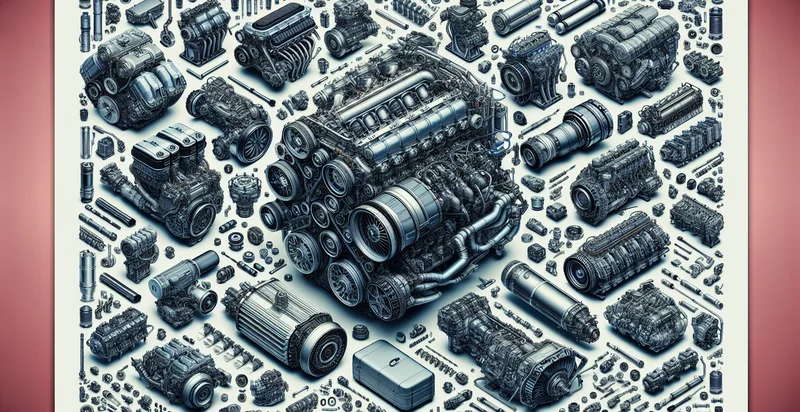Identify german engines
using AI
Below is a free classifier to identify german engines. Just upload your image, and our AI will predict the type of German engine it is - in just seconds.

Contact us for API access
Or, use Nyckel to build highly-accurate custom classifiers in just minutes. No PhD required.
Get started
import nyckel
credentials = nyckel.Credentials("YOUR_CLIENT_ID", "YOUR_CLIENT_SECRET")
nyckel.invoke("german-engines", "your_image_url", credentials)
fetch('https://www.nyckel.com/v1/functions/german-engines/invoke', {
method: 'POST',
headers: {
'Authorization': 'Bearer ' + 'YOUR_BEARER_TOKEN',
'Content-Type': 'application/json',
},
body: JSON.stringify(
{"data": "your_image_url"}
)
})
.then(response => response.json())
.then(data => console.log(data));
curl -X POST \
-H "Content-Type: application/json" \
-H "Authorization: Bearer YOUR_BEARER_TOKEN" \
-d '{"data": "your_image_url"}' \
https://www.nyckel.com/v1/functions/german-engines/invoke
How this classifier works
To start, upload your image. Our AI tool will then predict the type of German engine it is.
This pretrained image model uses a Nyckel-created dataset and has 24 labels, including Audi, Audi Q, Bentley, Bmw, Bugatti, Bugatti Veyron, Fiat, Ford, Gmc and Man.
We'll also show a confidence score (the higher the number, the more confident the AI model is around the type of German engine it is).
Whether you're just curious or building german engines detection into your application, we hope our classifier proves helpful.
Related Classifiers
Need to identify german engines at scale?
Get API or Zapier access to this classifier for free. It's perfect for:
- Quality Control in Manufacturing: German automotive manufacturers can implement the false image classification function to enhance quality control during the assembly process. By automatically identifying mislabeled components or engines, manufacturers can minimize errors, ensure only high-quality products reach the market, and reduce waste in the production line.
- Supply Chain Verification: Importers of German-engineered vehicles can use the function to verify the authenticity of components in their supply chain. By classifying images of engine parts, stakeholders can confirm whether they are receiving genuine German components or potentially counterfeit or substandard alternatives.
- Warranty Assessment: Automotive service centers can leverage the identifier to assist in warranty claims. By classifying images of engines, they can quickly assess whether the engine is indeed the original German product or if modifications have been made, potentially affecting the validity of a warranty.
- Market Research and Analysis: Automotive researchers can use the function to analyze trends related to German-engine designs and features. By classifying images from various sources, researchers can gain insights into popular designs and market shifts, aiding manufacturers in strategic planning.
- Customer Support and Troubleshooting: Automotive companies can integrate the false image classification function into their customer support systems. By allowing customers to submit images of engine issues, support teams can quickly classify and identify the engine model, leading to faster resolutions and improved customer satisfaction.
- Insurance Assessment: Insurance companies can utilize the identifier for assessing vehicle claims. By classifying images related to accident reports, insurers can verify the engine type, ensuring that policy conditions are met and accurately determining coverage and payouts.
- Training and Simulation: Automotive training institutions can use the false image classification function in educational programs. By providing students with a variety of engine images, instructors can teach classification skills and engine identification, enhancing practical learning and preparing students for industry roles.


